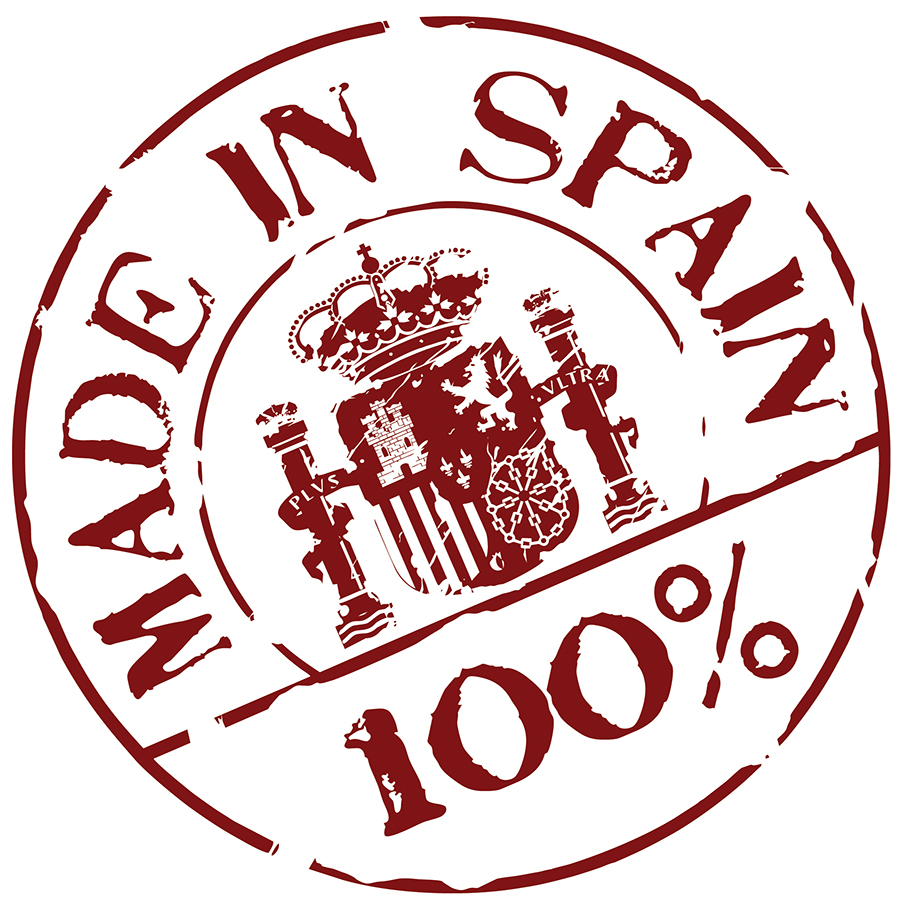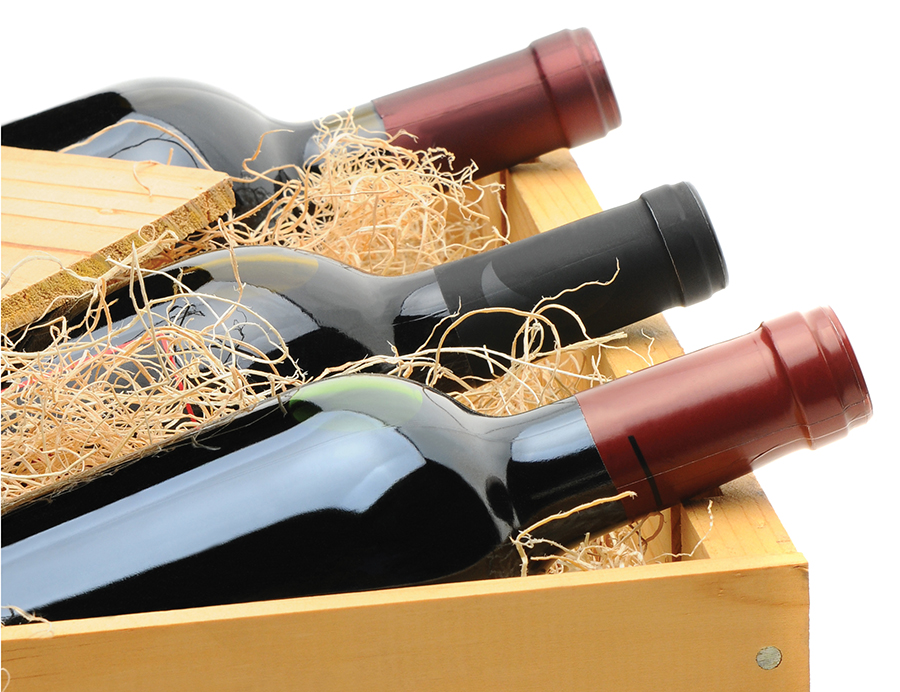By Matthew DeBord
HQ 82 | SUMMER 2013
Spain is a country that’s struggling right now. The global financial crisis crushed its rapidly growing, construction and real estate driven economy, placed its banks under threat and sent its borrowing costs through the roof. The country has recovered somewhat – it’s not about to become a second Greece – but it’s lost some of its momentum.
For wine lovers, this is something of a tragedy, because Spain has for some time now been the sexiest “Old World” region to undertake a reinvention. (The “Old World” is made up of the great wine producing countries of Europe, while the “New World” is the United States, Australia and New Zealand, South America and South Africa.)
Spaniards have always taken pride in their wine. They consume massive amounts of it and over the centuries have produced some of the world’s finest bottlings – highly collectible wines that can age for decades and sell for thousands.
However, like Italy, the wines of Spain used to be divided into two main groups: the truly great stuff, and the stuff you drink every day and don’t think about very much. Added to this mix were some curiosities of the wine world, like Cava – Spain’s version of Champagne – and Sherry, a type of wine that’s fortified with alcohol, like Port, but that runs a gamut from very dry to very sweet.
In fact, Sherry is probably the most famous Spanish wine for most Americans, given its popularity before the U.S. wine boom of the 1970s and 1980s. It’s what the Crane brothers were always drinking, pretentiously, on the sitcom “Frasier.”
But here’s the thing about Spain: it’s about, much, much more than Sherry now. The 1990s and 2000s saw a new generation of Spanish winemakers, well educated on international marketing and oenological trends, propel the country into the first rank of viticultural nations. When I was writing about wine for various magazines between, say, 1998 and 2005, everyone wanted to read about all the cool, exciting and, above all else, sexy Spanish wines and what they were all about.
The economic downturn has taken some of the oomph out of that narrative, but the groundwork was laid and, even in the new world of high unemployment and financial constraints, Spain can look forward to being spoken of in the same breath as California, France and Italy.

That said, the country still has a divided wine culture. It’s best-known region, Rioja, produces wines from the Tempranillo grape. Rioja is more or less unique in this respect, although winemakers in other regions that are very hot and dry have experimented with Tempranillo. When shopping for Rioja, you’ll find it in three versions: Crianza, Reserva and Gran Reserva. Each designation is legally obtained by a period of aging, with that period finished up in oak barrels. Crianzas age the shortest, while Gran Reservas go the longest.
Another old school Spanish region is Ribera del Duero, where Tempranillo also rules. But as famous as Rioja is, it’s Ribera del Duero that lays claim to Spain’s most legendary wine, from the producer Vega Sicilia. Their Unico label is one of the world’s most sought-after “trophy wines” and rivals the first growths of France’s Bordeaux region for collectors.
That’s the old school where Spain in concerned. The new school can be found in wines from the Catalan region of Priorat. Here, the so-called “international style” of winemaking has taken hold. Wines are hefty and powerful, and to some drinkers used to the mellow maturity of an older Rioja, a bit of a challenge. Familiar international grapes, including Cabernet Sauvignon, Merlot and Syrah, have been cultivated alongside varieties that have been growing in Priorat for hundred of years.
A Priorat wine that’s relatively easy to track down in the U.S. is Clos Mogador, but it isn’t cheap at around $80 a bottle. It is impressive, showcasing the modern style of Spanish winemaking, with rich, full flavors and an aggressive attack on the palate that finishes with great complexity.
Red wine is still the name of the game in Spain, but at least one region has put itself on the map with a white. Galicia is located in the rainy Northwest, or the Iberian Peninsula, north of Portugal. Its signature wine is a nuanced and complex white called Albarino. It’s similar to Italian Pinot Grigio or French Pinot Gris – some also compare it to a more brooding California Sauvignon Blanc – but with it’s own character. Personally, I prefer it to both those wines and think it’s extremely versatile, although it’s a natural companion of seafood.
One of the great things about Spanish wines is that they’re almost all good, even super-inexpensive brands that are exported to the U.S. and sold as el cheapo bottlings. My house white, for example, is a Spanish Chardonnay that typically sells for $2. We use it to make white wine spritzers in the summer, but it can be enjoyably consumed when grilling fish or chicken.
The bottom line is the wines of Spain are well worth checking out, and given that they aren’t as blazingly hip as they were five years ago, it should be easier to pick up some of the better known labels for reasonable prices.





